Ren Zeping: Development is the last word, time stands on our side
Author:Chinese Enterprise News Time:2022.08.04
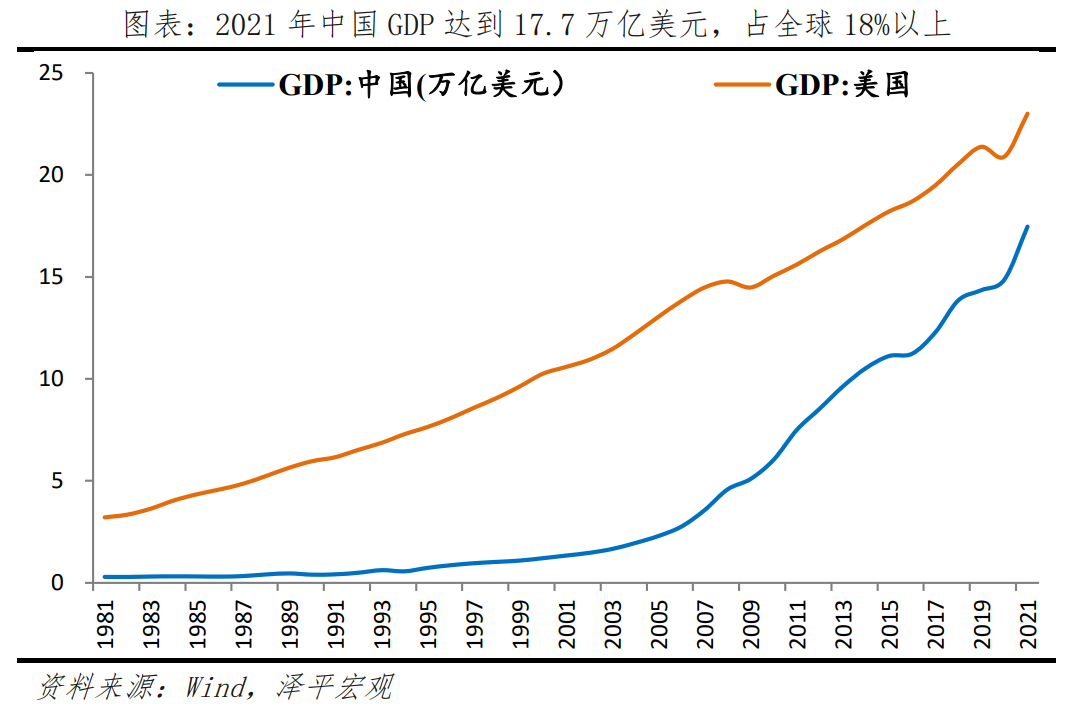
Wen Ren Zeping Team
Talking about personal opinions, every major event is calm. In the long run, development is the last word. What we need most at present is to develop the development. At present and in the future, our primary task is to move from economic, financial, and military comprehensive power countries, while increasing the level of economic scale while increasing the per capita level. The more critical periods, the more you have to stand with the great motherland. The challenges we are facing now must be faced in the process of development. If it does not grow into the world's second largest economy, these will not happen, so only development can solve these problems and challenges. In 2010, China surpassed Japan to become the second largest economy in the world. At that time, domestic public opinion was uproar and dissatisfied. Some believed that it was caused by the fake of China's GDP data. In 2021, China's economic scale exceeded three times that of Japan. This question disappeared, and Japan was at ease.
The only way to solve the problem of Sino -US issues is that one day the total economic volume of China is three times the United States, leading the global economic growth, trade, scientific and technological innovation, and even reform and opening up, and establishing a new lighthouse for human civilization. It will disappear because arguments and frictions will only occur when they are evenly matched. In the law of international order, debate stops in strength. Look at the century law of the rise and fall of great powers in history, most of which eventually speak by strength. In this Internet era, the greater the influence, the more rational and constructive people. Your influence is the trust of society and is used to promote social progress. Therefore, we must remember that development is the last word, and it is the primary task. Do not be disturbed by short -term noise.
The Chinese nation is a great nation. It is believed that after a new round of reform and opening up, after generations of outstanding struggles, China will be able to return to the top of the world and get back the throne that once belonged to it.
In recent years, with the rise of China's economy, the division of labor between China and the United States from complementary to competition, and the differences in values, ideology, and national governance in China and the United States, the American political circles have changed significantly on China. It is believed that the rise of China's economy challenges the US economic hegemony, China enters high -tech to challenge the US high -tech monopoly position, China's regional businessism challenges the US trade rules, China's "Belt and Road" initiative challenges US geopolitics, China's development model challenges the United States and the West civilization.
Since the beginning of 2018, Sino -US trade frictions have been upgraded to science and technology, finance, geography, ideology and other fields. Although they have stopped and stopped, they have negotiated and signed the trade agreement, but we must always understand that the trade agreement is not the United States. At the hole card and appeal, the United States tries to collect tariff benefits through trade war and allow the manufacturing industry to return to the United States, curb China's innovation vitality through scientific and technological warfare, obtain more means to combat the Chinese economy through the financial war. The development environment, the most fundamental and most essential thing is the most fundamental and most essential to confuse the people of the world through public opinion war. This is the hole card.
The real problem of the United States is not China, but itself, how to solve populism, excessive consumption models, the gap between the rich and the poor, and Trifen's problems. In the 1980s, the main reason for the United States to successfully curb Japan's rise and maintain economic hegemony was not the US -Japan trade war itself, but the Reagan supply -side reform and Walker's success of the inflation.
The real problem in China is not the United States, but how it is how to build a high -level market economy and an open system. In deeper, China needs to formulate a new strategy of establishing a new national. In the past 40 years, China's high -speed growth has benefited from the two clear national strategies: internal reform and opening up, and we have nourished the light. Today's China is in a period of strategic transformation. The key problem that needs to be solved is the new strategic issue of establishing a country, that is, in the face of the evolution of the future political, economic and social situation, and the change of world leadership, determine a long -term strategic positioning that is beneficial to me, similar to that year. The British mainland, the U.S. isolationism, and the tightness of China that year. China has a very clear strategy of establishing a country internally, that is, continuing to deepen reform and opening up and development is the primary task. In terms of foreign countries, China's most important diplomatic relations are Sino -US relations. The essence of Sino -US relations is the relationship between the relationship between the emerging power and the country of hegemony, that is, choosing to be isolated, competitive confrontation, or cooperation. Judging from the history of emerging powers in the past few hundred years, the current trade war, economic war, resource warfare, and financial war that China is currently facing China cannot be avoided and must be faced. However, today's Sino -US relations are different from the relationship between Britain, Germany, the United States, the United States, Japan, and the United States and the Soviet Union. It is neither a comprehensive competition confrontation that you live in the United States and the United States and the United States. The cooperation and succession relationships are more competitive and cooperative relationships. Therefore, China needs to return to the background of the US's interest priority to the country's interests, and to establish and preach a beautiful vision and advanced civilization that has extensive attraction to the people of the world; in the context of returning to trade protectionism in the United States, A more open attitude towards the world; in the context of war in the United States, a free trade system with Southeast Asia, Europe, Japan, South Korea, Central Asia, etc. A country that absorbs the results of external civilization and continuously study and progress will continue to be strong; all countries that are self -proclaimed and hinders the trend of the times will not matter how strong they are, they will decline. Sino -US trade friction is tantamount to the best sober agent. We must soberly realize that China still has many tasks to do in the fields of scientific and technological innovation, high -end manufacturing, financial services, university education, and military strength. The United States relations have moved from win -win cooperation to competition and cooperation or even strategic curb; we must unswervingly promote a new round of reform and opening up and maintain strategic determination.
At the same time, we must also clearly recognize the huge potential and advantages of China's economic development. As long as it can promote a new round of reform and opening up, the best investment opportunities in the future are in China: China has the world's largest unified market (China Nearly 1.4 billion people), there is the world's largest middle -income group (400 million people); China's urbanization process still has 20 percentage spaces from developed countries, with huge potential; China's labor resources are nearly 900 million, and employment staff 7 are 7 There are more than 100 million, with a high -quality talent of high education and vocational education. There are 170 million people. There are more than 8 million college graduates each year. The demographic dividends will turn to talent dividends; a new round of reform and opening up will start a new cycle and release huge vitality.
Only by studying the rules of the century of the great country, the economic and social background of the US trade protectionism and populism, the evolutionary process and trend of Sino -US relations, and soberly understand each other's core demands and core cards, can we avoid strategic misjudgment, give up fantasy, focus In the long run, calm responses (refer to "Global Trade friction and the rise and fall of great powers", Ren Zeping and Luo Zhiheng waited, people's publishing house).
The Chinese economy is starting the second growth curve to promote shifting from high -speed growth to high -quality development. China's development strategy is undergoing major adjustments to cope with a major change in a century. If it can successfully promote a new round of reform and opening up and cross the middle income trap, China is expected to return to the world's largest economy around 2030. This will It was the final battle of China's return to the top of the world.
In this global turbulent era, in this critical period, who do you ask me who stands? Of course I stood our great motherland. We are convinced that development is the last word, and time stands on our side.
The century -old law and strategic choice of the rise and fall of great powers
Regarding the propositions of the rise and fall of great powers, there are long -term controversy, and the problems involved are very complicated. With the rise of China's great powers, a series of chain effects such as Sino -US trade friction have been produced.
What is the essence of Sino -US trade friction: the conflict of civilization? The ideological confrontation of the Cold War thinking? The strength competition of the boss and the second child? The strategic curb of the hegemonic country to emerging powers?
The key issue that China is urgent to solve is the new strategy ("new strategy"), that is, on the basis of seeing the world's political and economic situation trend in the next decades, strive for a strategy that is beneficial to me in the long run, similar to 1978 Later in China, it was obscure. Before World War II in the United Kingdom, the United States became an isolationism before the world's hegemon. At present, China is in a period of strategic confusion and transition. "New strategy" is the root of the unreparable change of a century. It is the key to standing from a global perspective, seeking the whole situation, and doing practical things.
From the strategic level, the current needs to be studied urgently: 1. The general law of the rise and fall of great powers in history, the rise of emerging powers on the world's political and economic patterns; 2. After China becomes the second largest economy of emerging economy, especially the world's second largest economy, further rise may be Facing opportunities and challenges; 3. How to seek greater development space from a new strategic choice and prospects for comprehensive powers from economic powers to comprehensive powers, and bear corresponding global responsibilities. 1. The changes in the global economic pattern will subsequently trigger the re -reshuffle of the global governance pattern sooner or later
Since the international financial crisis in 2008, the world's most significant incidents are the prominent rise of China's emerging economies such as India and Brazil, including India, Brazil and other emerging economies, and compared with the relatively decline of the US and European economies.
Taking China's economic achievements as an example, the average annual growth of China's economy has increased by 9.4%over the past 40 years, creating a miracle of large -scale national economic growth in human history; in 2021, China's GDP scale reached 11.44 trillion yuan ($ 17.77 trillion ), Accounted for more than 18%of the world's largest economy, and the second largest economy in the world; in 2021, China's exports reached 3215.9 billion U.S. dollars, which is the world's largest exporter, accounting for 14.7%of the global exports (USA accounts for 8.0%, Germany accounts for proportion of proportion 7.4%, Japan accounted for 3.4%); at the end of 2021, China's foreign exchange reserves reached 3.25 trillion US dollars, ranking first in the world for 16 consecutive years, accounting for 25.15%of the global reserves (the second largest reserves Japan Japan 1.3 trillion, accounting for the global proportion of the global proportion 9.9%).
At present, the rise of emerging countries to a large extent is the rise of economic powers, and its political influence and military strength are still in a large gap compared to economic strength. According to data from the Institute of International Peace, Sweden, US military expenditures in 2020 were US $ 778.4 billion, accounting for 40%of the world, far exceeding the US $ 258 billion in China, US $ 72.9 billion in India, $ 64.6 billion in Saudi Arabia, Russia, Russia $ 61.7 billion, US $ 60.7 billion, Germany 53.2 billion US dollars, and US $ 52.7 billion.
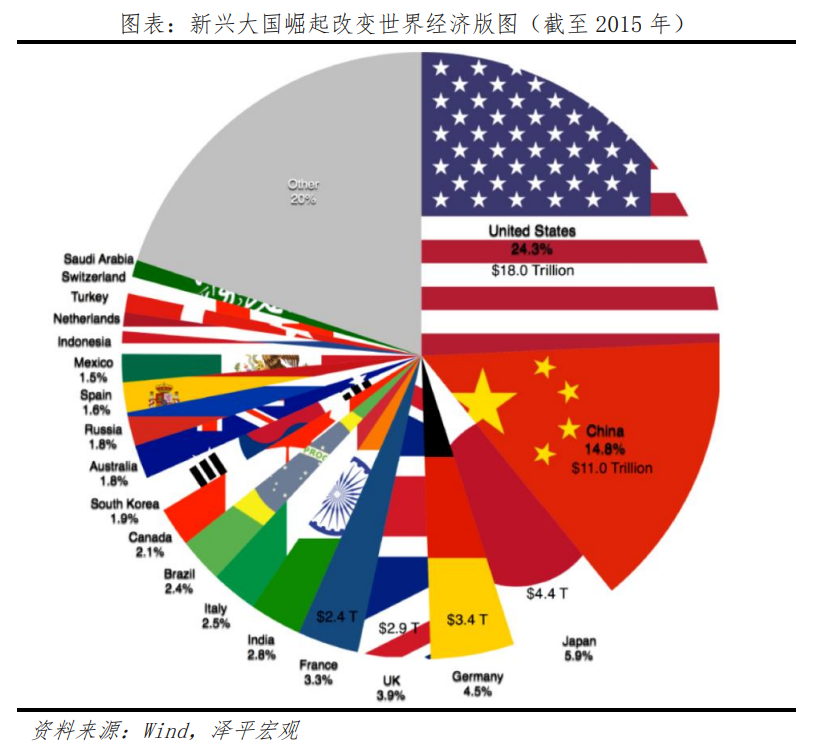
The economic development achievements created by emerging countries have caused arguments in the rise of emerging economic countries and their consequences in the world. China threat theory, BRICS, G2, Chinese economic model, Beijing Consensus, Sino -US trade war, etc. Essence



According to historical experience, the changes in the global economic pattern will subsequently trigger the re -reshuffle of the global political pattern sooner or later. The difference is that this adjustment is in the form of war or peace. From the Maritime hegemony in the United Kingdom and Spain, to the two World War, to the Cold War, Star Wars, and Plaza Agreement, they were not both a military struggle and a contest of economic strength. After the coming of the nuclear era, the world's suicide war was unlikely, and replaced it with "economic war".

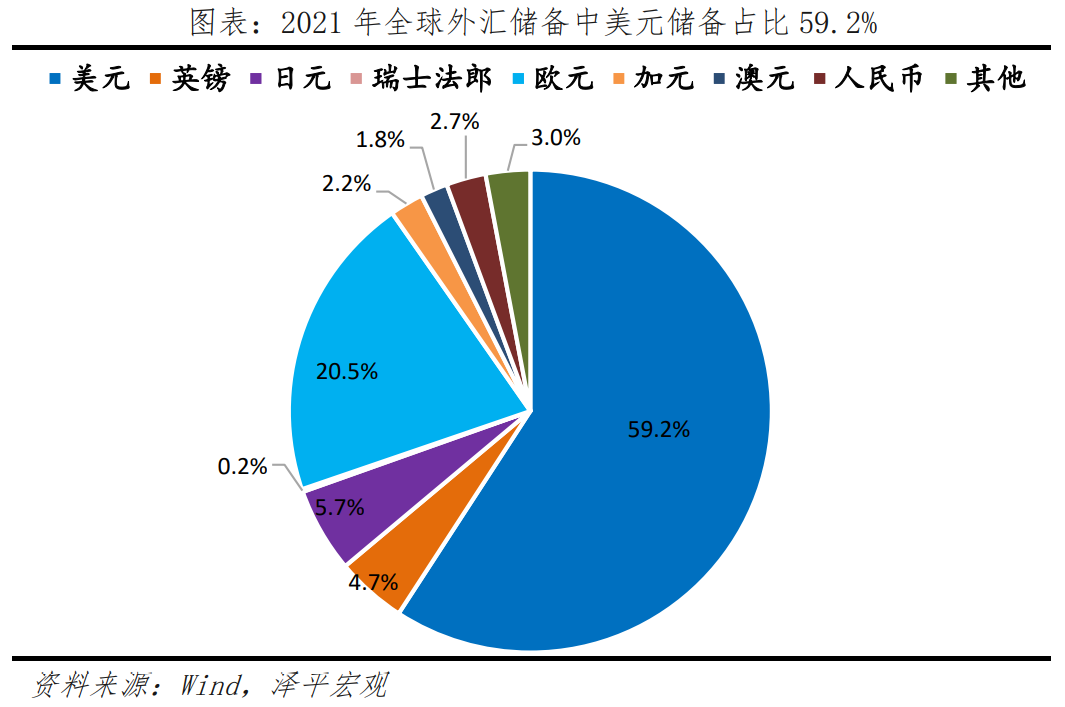
The relative status of first -class countries in world affairs is always changing. This is not only the result of military struggle, but also the result of economic development competition. Factors such as different national strength growth, technological breakthroughs and organizational forms of organizations will bring the world between the world. The rise and fall. If the global pattern of the 21st century is moving towards polarization, then this change first starts with the economic pattern, and politics and military are currently a very dominant pattern in the United States. But historical experience tells us that if the gap between the strength of the global economy is becoming increasingly reduced, the United States will become more and more difficult to continue to dominate the global political pattern.
Second, the century of the rise and fall of great powers
"The rise and fall of great powers" is not only economic phenomenon, but also political phenomena, historical phenomena, biological phenomena, physical phenomena, geographical phenomena and social phenomena.
1、经济学:现代经济增长理论把一国的经济增长归因于以下几个方面:人口、技术创新、投资、制度、财产权、社会分工、教育(人力资本投资)、比较优势、产业政策、 Development planning, fiscal monetary policy, supply of public goods, intellectual property protection, attitude towards adventure, competition and monopoly, etc., and formed different economics, classicalism, Keynesianism, structuralism, neo -liberalism and other different economics The genre summarizes different economic development models such as economic development, heavy industry overtake, import substitution, export -oriented, standard development type, Washington consensus, and Beijing consensus. The main representatives of this theory are: Adam Smith, "Research on the Nature and Causes of National Wealth", 1776; Rosto, "Phase of Economic Growth", 1960; H. Qinari, etc. Comparison of Growth, 1986; John Williamson, "Consensus on Washington", 1989; Leimo, Beijing Consensus, 2004, etc.
2. Biology: Darwin's theory of evolution, from the perspective of biological and environmental interactions, believes that the variation, genetic and natural selection of creatures can cause the adaptability of creatures to change, "the matter is competing for heaven, the survival of the fittest". The national life cycle theory believes that a country, like a person, has a life cycle from vitality to aging and death. The internal reasons that lead to the decline of the country include avoiding risks, excessive consumption, decreased innovation capabilities, decreased productivity, increased government and corporate bureaucracy. The vested interest group is unwilling to adapt and resist reform; external reasons include war, excessive expansion, brutal competition, etc. But the state is different from people. After an effective internal reaction, the country's life can be reborn after an effective internal response. The main representative of the theory is Darwin, "Species Origin", 1859; Kim Delberg, "World Economic hegemony: 1500-1990", 1995. 3. History: The theory of excessive expansion is that since the advancement of Western Europe in the 16th century, the history of the rise and fall of the first -class power from Spain, the Netherlands, France, the United Kingdom, and the Soviet Union shows that the country's productivity and the ability to achieve revenue and the military's ability and military in the country Between power, there is a very important interdependence relationship from the long term. For hegemonic countries, long -term external expansion will inevitably lead to the weakening of national strength and the sideways of hegemony. For emerging countries, the increase or decrease of a country's economic and military forces is not simultaneously carried out. Most historical cases show that there is a "stagnation difference" in the two. The main representative of the theory is Paul Kennedy, "The rise and fall of the Great Power", 1987.
4. Sociology: The advanced level of civilization is the key to determining the prosperity of a country. The theory of civilization conflict believes that the world after the Cold War consists of eight major civilized sectors. State -based and cultural cooperation or alliances, often conflicts with countries with different cultures. The main differences in conflicts after the Cold War are no longer ideological or economic factors, but cultural differences. The main representative of the theory is Huntington, "Conflict of Civilization and the Reconstruction of the World Order", 1993.
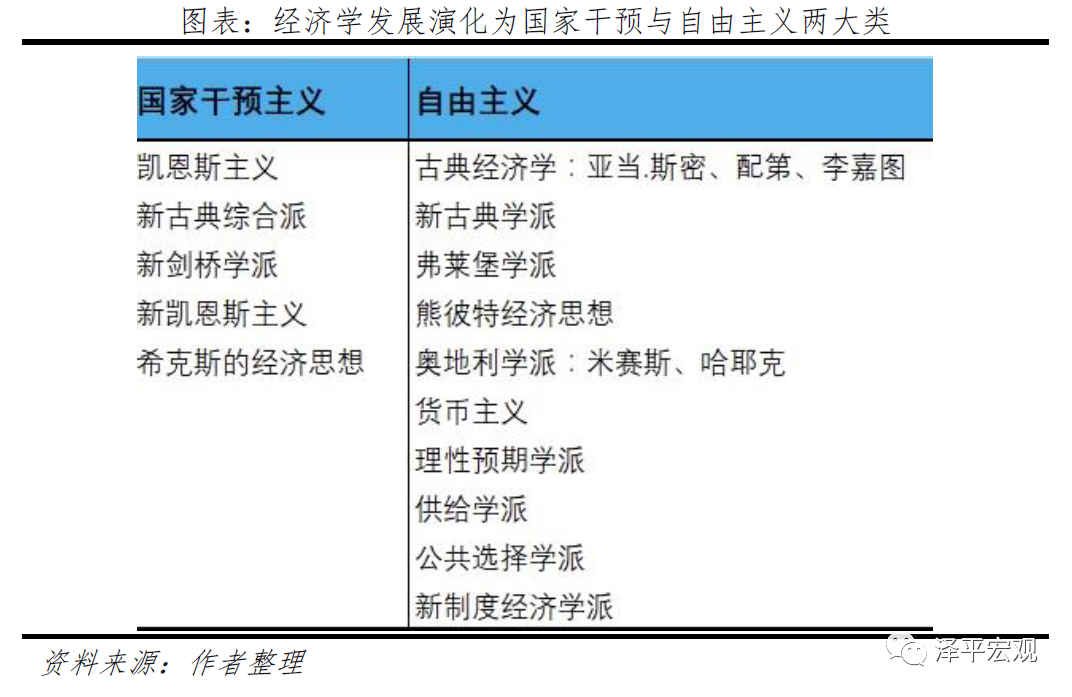
5. Geography: Geopolitical science treats geographical factors as a basic factor that affects or even determines national political behavior, and has formed the "mainland theory", "heart -based theory", "edge zone saying", "land rights and sea power," "high -frontiers", "high frontiers" The theory "analyzes the perspective of geopolitical games around the world; geopolitical science believes that each country protects the country's own interests from the perspective of geographic competition, and conducts international competition and handle international relations through economic means or economic strategy. Human history and the current major economic power of the world are basically in the same latitude area. The main representatives of the theory are Friedrich Rubel, "Political Geography"; Rudorf Kelun, "As an organic country", 1916; Alfred Malham, "Seaquanone to the World to the World to the World Impact: 1660-1783 ", 1890; Halford Mcing," Geographical Hub of History ", 1904; Geele Duhei," Make Air Power ", 1921; Kissinger," Great Diplomacy, Great Diplomacy, Great Diplomacy, "Great Diplomacy, Great Diplomacy "; Bu -Rezuski," Big Chess ", 1997.
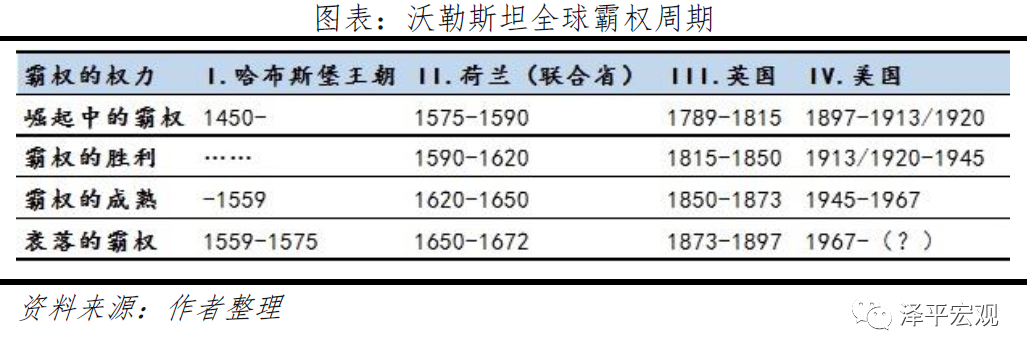

6. Political Science: Political Science tries to study the political institutional arrangements that promote social stability and economic development. This involves a series of issues: Who gets? Who has power? How to configure power? Who will supervise? and many more.
3. Chinese experience: What did China do right?
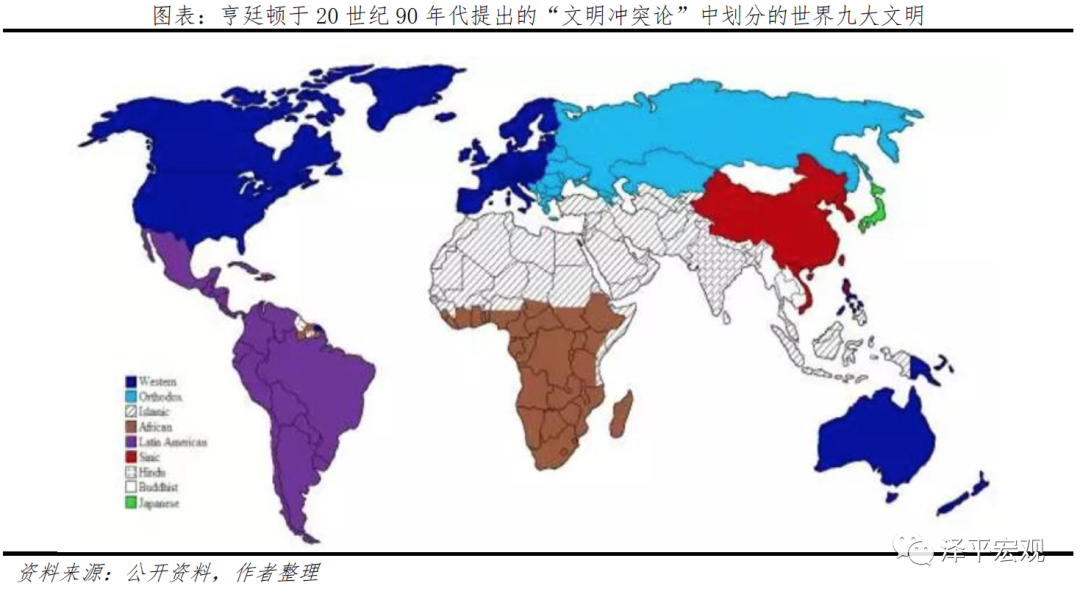
Forty years of reform and opening up China's economy has achieved worldwide attention, and has triggered arguments in China's economic growth model and its consequences in the world.
There are two main views on China's economic growth model:
The first view is more popular internationally. It is believed that China is an export dependence model. By implementing a strategic strategy of businessism, maintaining a low exchange rate, underestimating energy, land and labor costs, high dependence on exports and investment, insufficient domestic consumption demand in China Under the circumstances, excess capacity to the global output has formed a more severe internal and external imbalance, leading to an intensified world economic imbalance. Those who hold this view believe that in order to promote the balance of the world economy, trade protectionism must be implemented in China, and RMB will be urged to appreciate as soon as possible.
The second point of view is that China is a growth model of domestic demand. The switching of the economic growth engine at each stage is carried out along the upgrade path of the resident consumption structure. Automotive real estate, every time the wave of industrial upgrading and economic growth, are implemented by residents from "clothing and food" to "durable products" to "residential" consumption structure.
We believe that as an open economy of a large country, from the perspective of power structure, China's economic growth model has the basic characteristics of two -wheel drive. Since the mid -1990s, the power structure of China's economic growth has transitioned from the main demand driven by domestic demand to the inside and outside needs. The "double -wheel drive" power of economic growth, and both forces are strong. China's comprehensive infrastructure, a large number of skilled manufacturing workers and technical personnel, effective policy measures such as exchanges and entry into the WTO have enabled the cheap and cheap Chinese manufacturing products to move towards the world, and the extent of the economy has increased rapidly. At the same time, China has a broad market with a population of 1.4 billion. China's urbanization rate is 64%(at the end of 2021). During the rapid advancement of urbanization, migrant workers and citizens have urgent desires, urban residents' consumption upgrades, and the inherent demand of China's economy. exuberant. From the perspective of history in the past 20 years, the two forces of domestic demand and foreign demand have driven China's economic growth alternately. China's economic growth model is neither an export -oriented model of small countries that excessively rely on foreign demand, nor is it a large -scale closed economy model that is dominated by domestic demand, but a typical open economy of large powers. Deeper, China's development achievements in the past forty years depends on the market -oriented reform and opening up. Joining the WTO and supply -side structural reforms since 2015, etc., fully released the vitality of farmers, local governments, private enterprises economy, state -owned enterprises, and foreign -funded enterprises.
Fourth, the trend and consequences of the world economic center of gravity
1. Basic facts in the past 100 years:
Since 1900, the focus of the world economy was first transferred from the east coast of the Atlantic Ocean to the west coast of the Atlantic Ocean, and then transferred from the Atlantic region to the Pacific Rim region. Now it is moving from the East Coast of the Pacific to the west coast of the Pacific Ocean.
2. Basic reasons for the transfer of global economic center of gravity:
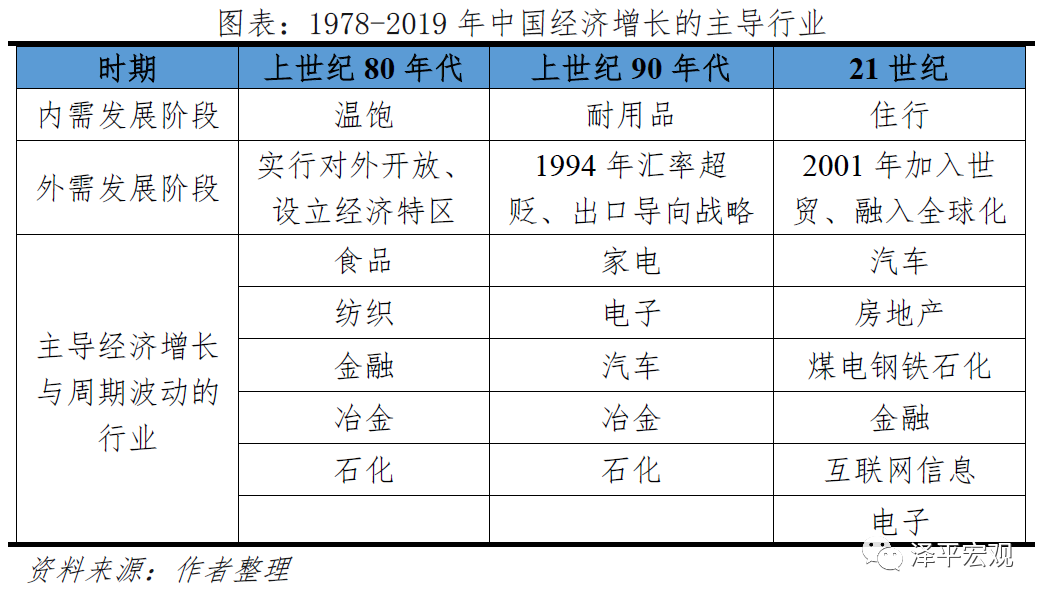
The most important thing for a country's economy is to have "productive". Most of the historical economic hegemony has undergone a transformation from "productive" to "non -productive". The fate from prosperity to decline.
As the most advanced industrial product manufacturer, the economic hegemony country gradually transferred the industry to the post -developed country by capital output, and he became more and more relying on the interests of the financial service industry (2008 US real estate financial sector triggered The subprime mortgage crisis, the European sovereign debt crisis in 2010, and the 2012 banking crisis); this process is favorable from the economic point of view, but from the perspective of security and politics The unsustainable level will definitely lead to the re -adjustment of the global political pattern.
The transfer of global economic focus in history is first of all the global manufacturing centers with a "productive" part, so that emerging countries have the imitation learning conditions of post -pursuit, industrial foundation for large -scale technological innovation, and organizational global production. Capability and the strength of global resources have enhanced the influence and soft power of emerging countries in global governance.
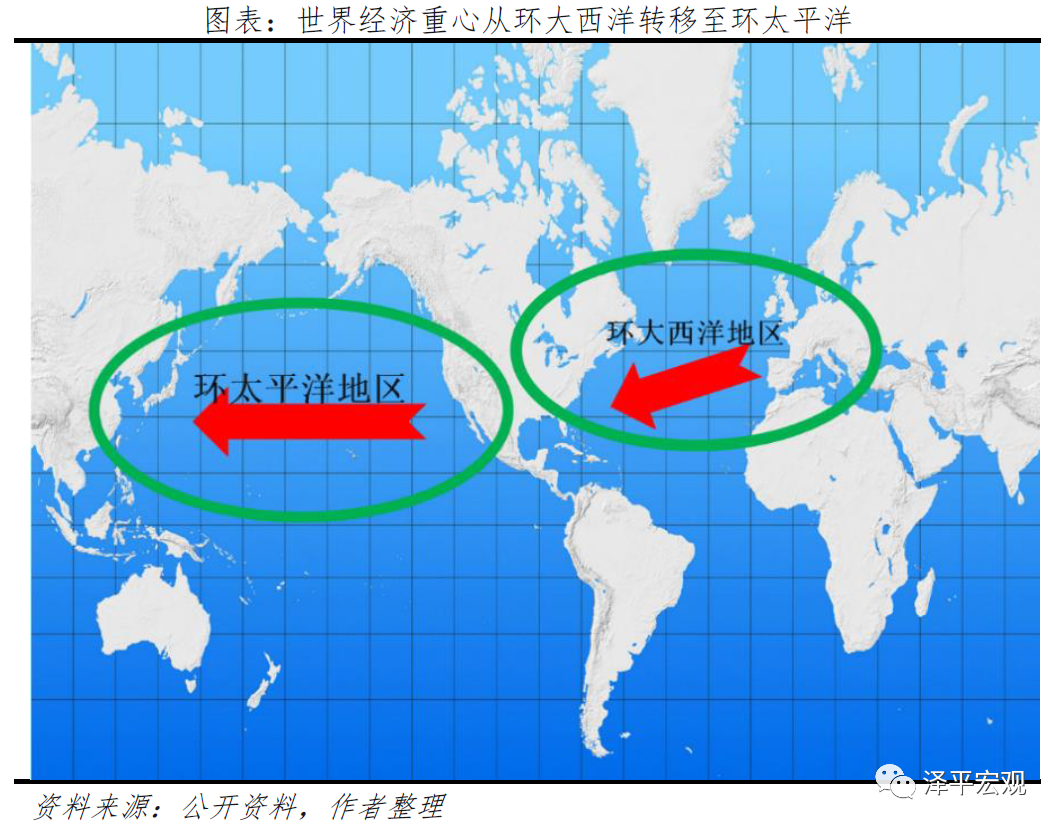
Over the past 100 years, the main problem faced by the US and European economies is the transformation from "productive" to "non -productive". The formation of the US subprime mortgage crisis and the European sovereign debt crisis has a long history. It is the long -term disadvantages such as productive decline, manufacturing shrinking, industrial hollow, regional economic competitiveness, high welfare model disadvantages (Europe), over -consumption (US) and other disadvantages The result of erosion is the vivid portrayal of the inevitable decline of global overlords in the past.
The reason for the rise of emerging economies represented by China is precisely through internal reforms and opening up, and internal vitality has been released, the external development space has been expanded, and the global "production center" is well undertaken. The rise of emerging countries and the decline of the old and European -European -developed developed countries are in response to ancient Chinese training.
3. Political and military consequences brought by the shift of world economic focus:
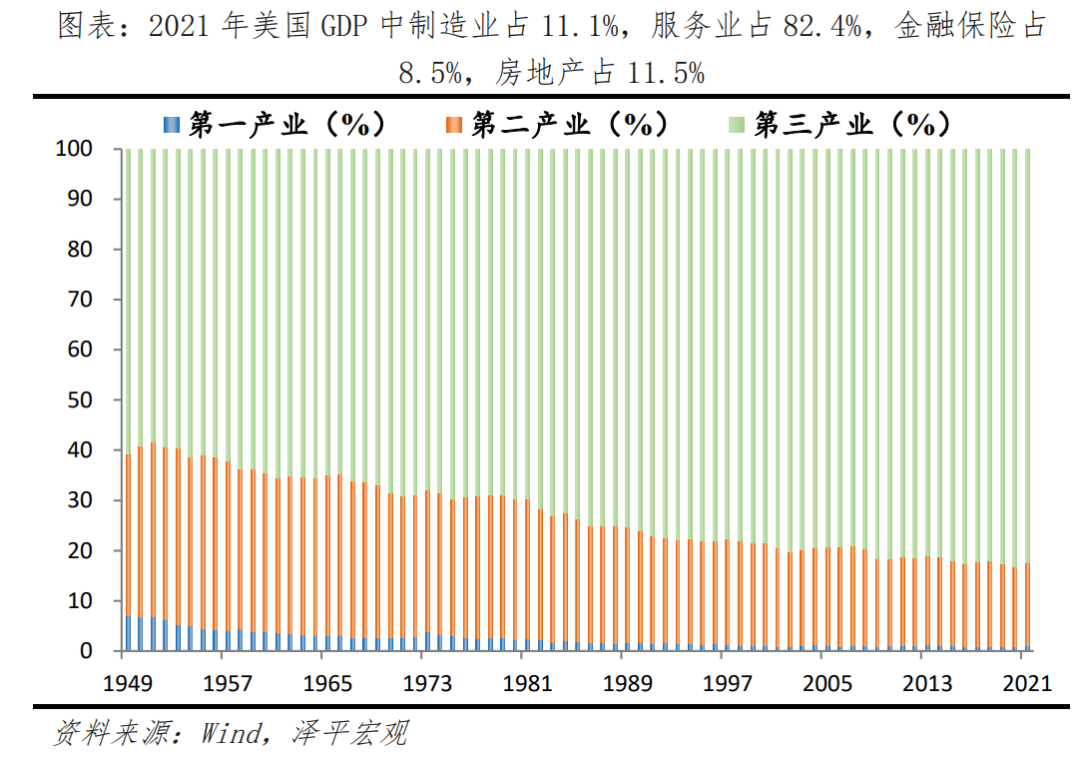



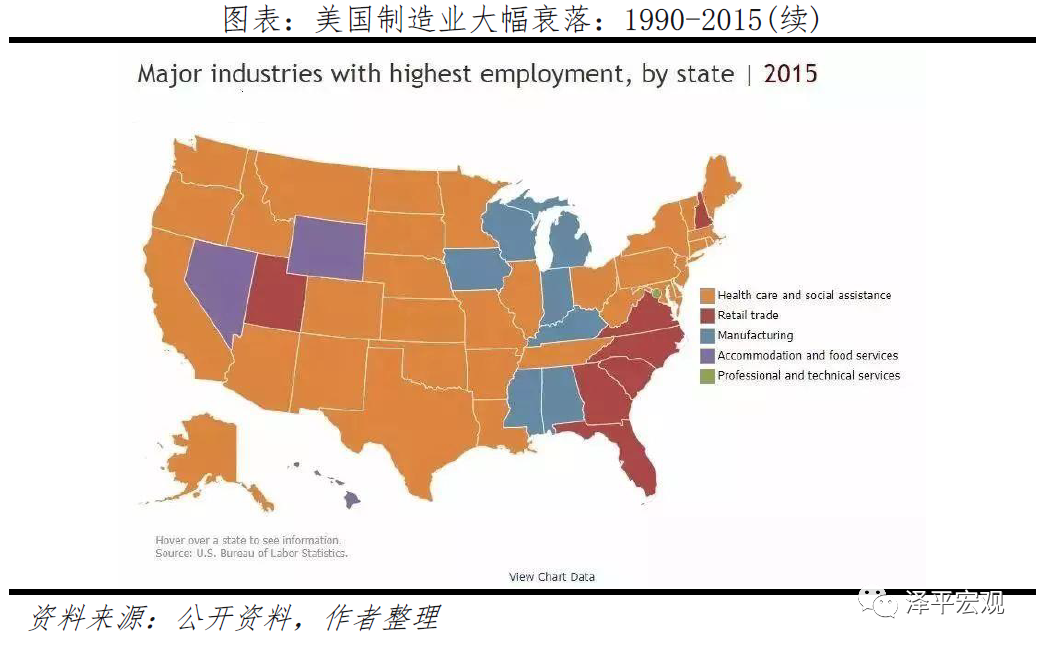
The increasingly declining economic strength of the hegemonic country coexists with strong political and military strength, and the dynamic economic strength of emerging countries coexist with naive political and military strength.
New means of global hegemony in the 21st century: economic war, currency war, geopolitical war, soft power, and clever strength.
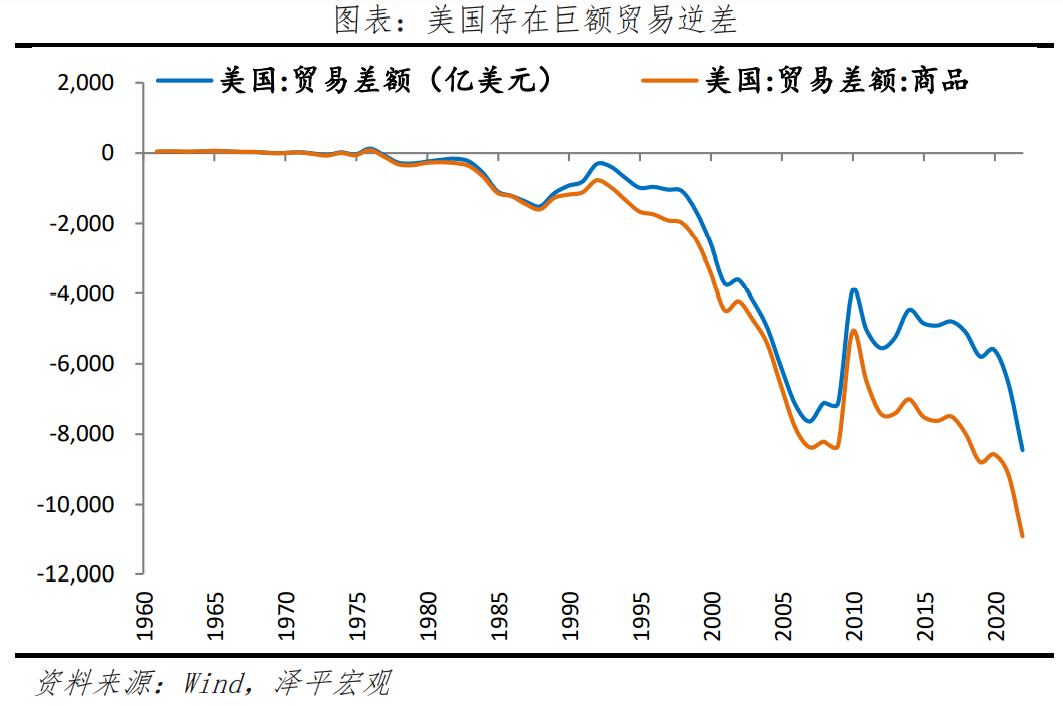
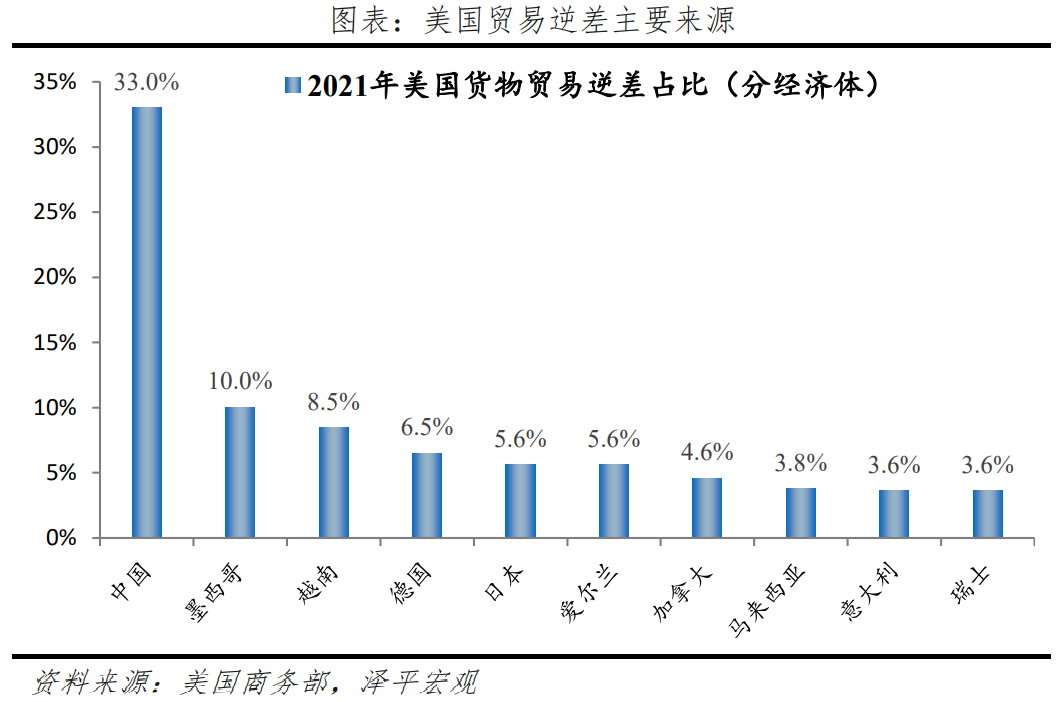
4. Several possible scenarios of the evolution of world economic focus in 20120-2050:
At present, it is necessary to strategically predict the economic development of the world's major economic powers in the next 30 years, and depict the geographical pattern of the world economy by 2050.
Before the signing of the square agreement, Japan's GDP accounted for nearly 40%; China ’s current GDP is equivalent to about 77%in the United States. If China's economy has maintained an average annual growth of about 5.5%in the next few years, it will surpass the United States around 2030 to become the world's largest economy.
5. The challenge and future of the rise of China's economic country
1. Historical experience: The success or failure of the world's emerging economic power to the economic power
The rise of several worldwide economic powers in history had a significant and far -reaching impact on the world's political and economic pattern at that time. From a long -term historical perspective, since the discovery of world geography and the industrial revolution, the competition for global economic hegemony is like a never -stop championship. Three modes of the world's emerging economic powers and the world economic hegemony country: competition confrontation, cooperation follow, and obscure isolation.
The relationship between the world's emerging economic power and other emerging economic powers in the world.

2. Opportunities and challenges: Can China continue to make economic rise?
The main development opportunities and development space facing the future. In the future, the continuous rise of China's economic power will face increasingly complex geographical relationships.
The external environment challenges facing China's economic development: energy security, new international status, new global responsibility, etc. How can China adapt to the role of new economic powers and global rules to shape a good country image?
How can China cross the worldwide problem of "secondary income traps"? Promote industrialization and urbanization in the future? Where can I find energy resources that support the sustainable development of China's economy? How to develop from factor -driven to innovation -driven high -quality development?
Where does the internal institutional obstacles facing China's economic development come from? How to overcome the obstacles from the vested interest groups and realize the harmonious society of "fair opportunity, process participation, and results sharing"? How to promote the flow of social class and let everyone pursue the "Chinese dream"?
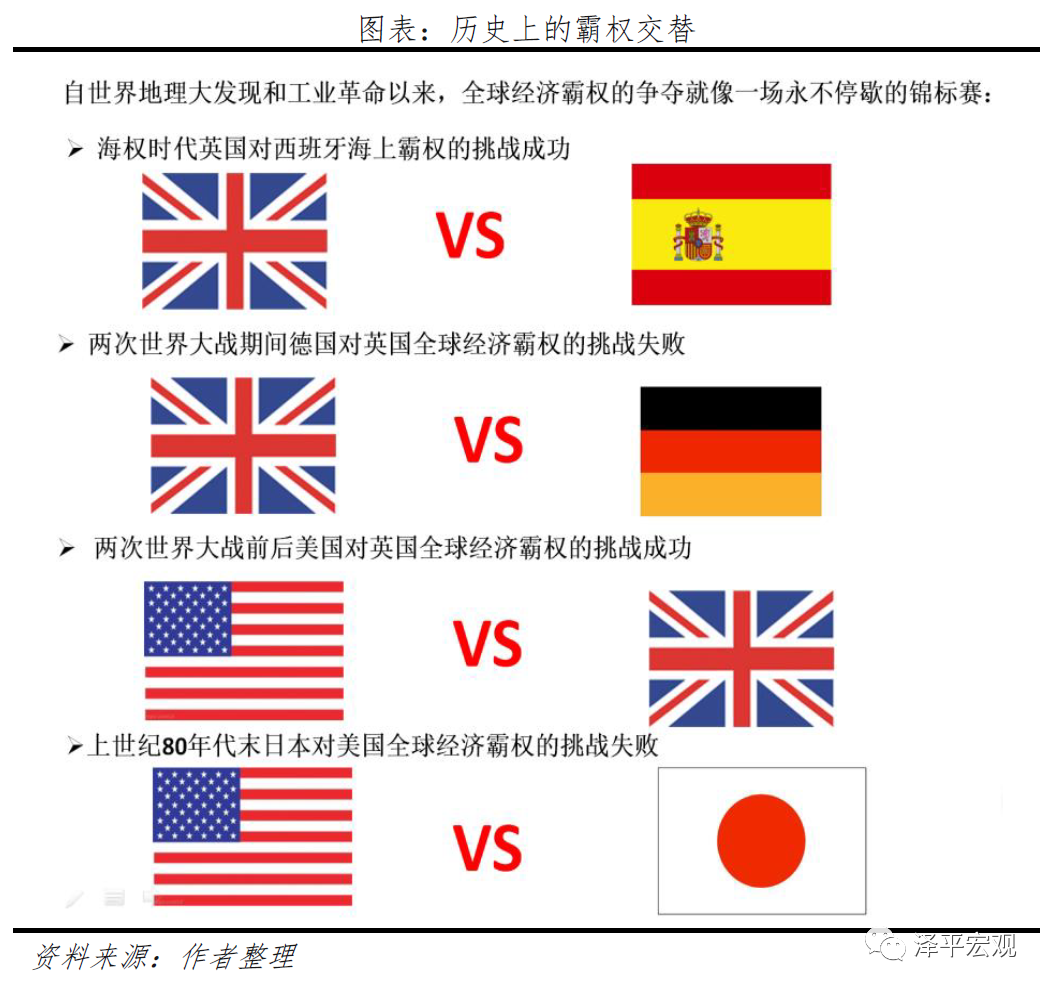

3. "New Strategy": How can China move from a large economic country to a comprehensive country?
1) China's largest diplomatic relations are Sino -US relations. The essence of Sino -US relations is the relationship between the relationship between the emerging powers and the country of hegemony: the obscure isolation, the competition confrontation or the cooperation follow? Judging from the history of emerging powers in the past few hundred years, the current trade war, economic war, resource warfare, and financial war are all unavoidable and must be faced. Vision, superb strategic wisdom, diplomatic layout, resolute and flexible execution, and all -round talents.
2) Formulate a new strategy ("New Strategy"). In the 40 years of reform and opening up, on the one hand, China has jumped into the world's second largest economy in terms of economic scale. On the other hand, there are still many gaps in the per capita GDP, basic technology, and soft power. China is in a period of strategic transformation. The key problem that China needs to solve is the new strategy of establishing a country, that is, facing the evolution of the political and economic situation in the next decades, and striving for a strategic positioning that is beneficial to me in the long run, similar to the British in the United Kingdom, the U.S. isolationism, China’s isolationism, China The trees are obscure.
3) The real problem of the United States is not China, but itself, how to solve populism, excessive consumption models, the gap between the rich and the poor, and the US dollar Trifen problem. In the 1980s, the United States successfully curbed Japan's rise, not because of the Japanese -US trade war, but the success of Reagan's supply -side reform.
The real problem in China is not the United States, but itself how to solve the problems of high -quality development, expanding opening up, state -owned enterprise reform, innovative vitality, entrepreneurial confidence, tax reduction and fees and other issues.
As long as the reform and opening up, as long as the internal affairs are practiced, the history is regular. Anyone who continues to absorb external civilization and continuously study and progress will continue to be strong. Anyone who is self -proclaimed and hinders the trend of the times, no matter how strong, will go to decline.
4) Steady, calm, and understanding China, China is in the development stage of China, and continues to adhere to the three major strategic determination. The forty years of reform and opening up have achieved great achievements in China's economic and social development. At the same time, Sino -US trade friction is the best sober agent. It is necessary to soberly recognize that China has in scientific and technological innovation, high -end manufacturing, financial services, university education, key core technologies,, key core technologies,,, key core technologies,,, key core technologies,,, key core technologies,, key core technologies,, There are still many jobs to do in areas such as military strength. Therefore, we should continue to adhere to the three major strategies: we must continue to maintain a humble study, we must continue to maintain the tightness, and we must unswervingly promote the new round of reform and opening up. External hegemony is an extension of internal strength. In this regard, we must maintain soberness and calmness and strategic determination.
5) Promote the five major reforms and break through from the international New Triangle division of labor: the New Triangle Relations formed in the current international division of labor (with the United States as the financial and scientific and technological innovation centers, the Japan -German high -end manufacturing center, and the East Asian countries represented by China, the East Asian countries represented by China For the middle and low -end manufacturing centers), how can China realize from "periphery" to "center", from manufacturing centers to innovation centers and financial centers, and lead from chase to local fields?
Looking forward to the future, in order to move towards high -quality development and break through from the international New Triangle division of labor, the five major reforms need to break through: mobilize the enthusiasm of local and entrepreneurs in the new round of reform and opening up; state -owned enterprise reform; large -scale and large -scale service service services Industry; reduce the cost of micro -subjects on a large scale; prevent and resolve major risks in the real estate and financial fields, promote the return of financial return, and better serve the real economy.
6) Faced with the complex and severe situation at home and abroad in the face of Sino -US trade friction, growth rate shifting, and aging population, China's best response is to promote reform and opening up with greater determination and greater efforts. , Construction and implementation of the "dual -cycle" strategy.
The first is to vigorously promote the "new infrastructure". In the short term, it will help expand effective demand, stable growth, and employment. Long -term help increases effective supply, releases China's economic growth potential, cultivate new economy, new technology, and new industries, promote reform and innovation , Improve the benefits of people's livelihood.
The second is to promote the integrated development of urban agglomerations and urban circles. Respect the objective laws of industrial and population gathering towards dominant regions; establish and improve the voluntary and paid exit mechanism of homesteads, and provide urban land with the growth rate of permanent population. The configuration between the inter -provincial transformation and interest sharing mechanism of market -oriented is promoted. Third, it is recommended to let go and encourage fertility to consider whether all circles are now fully liberalized and encouraged to have a large controversy of fertility. It is recommended that during the "Fourteenth Five -Year Plan" period, you can gradually advance and observe the effect from the three children as soon as possible. Let's let go of the three children not only meets public opinion and gives families with greater fertility autonomy, but also alleviate the conservative party to fully let go of fertility caused by the surge in population, which is in line with the traditional wisdom of China's gradual reform and incremental reform.
7) Build a community of human destiny and create a better future in the world. In the future, China will become a comprehensive country to increase reform and opening up, diligently cultivate internal affairs, and strengthen its strength. This is fundamental. At the same time, how China will build its own development strategic system from a global perspective, how China has participated in global governance, strives to greater development space, and assumes corresponding global responsibilities. Promote economic globalization, firmly support multilateralism, actively participate in the reform of the global governance system, work together to build a community of human destiny, and create a better future of the world.
references:
1. Marx, Capital, People's Publishing House, 2004.
2. Adam Smith, "Research on the Nature and Causes of National Wealth", 1776
3. Paul Kennedy, the rise and fall of the Great Power, 1987.
4. Kim Delberg, "World Economic hegemony: 1500-1990", 1995.
5. Darwin, "Species Origin", 1859;
6. Friedrich Rubel, "Political Geography";
7. Rudorf Kelun, "As an organic country", 1916;
8. Alvelaide Mahan, "The Influence of Sea Power on the World: 1660-1783", 1890;
9. Halford Mcing, "Geographical Hub of History", 1904;
10. Geelyo Du Hei, "Make Air Power", 1921;
11. Kissinger, "Big Diplomacy".
12. Bujetzinski, "Big Chess", 1997.
13. Huntington, "Conflict of Civilization and Reconstruction of the World Order", 1993.
14. John Williamson, "Consensus on Washington", 1989.
15. Leimo, "Beijing Consensus", 2004.
16. Gabriel A. Almond, "Contemporary Political Science: World Vision (Eighth Edition)", Shanghai People's Publishing House, 2010.
17. Roskin, Political Science (Ninth Edition), Renmin University of China Press, 2009, 2009
18. Rosto, "Phase of Economic Growth", 1960.
19. Xiong Peter, "History of Economic Analysis", Business Press, 1994.
20, H. Linery, etc., "Comparison of Industrialization and Economic Growth", Shanghai Sanlian Bookstore, 1989.
21. Kuznets, "Economic Growth of Countries", Commercial Press, 1985.
22. Lewis, "Growth and fluctuations", Huaxia Press, 1987.
23. Madison, "Millennium History of the World Economy", Peking University Press, 2003.
24. Madison, "Long-term performance of China's economy (960-2030 AD)", Peking University Press, 2003.



- END -
Yuanwang No. 3 ship successfully completed the remote sensing 35 group 02 satellite maritime measurement and control missions
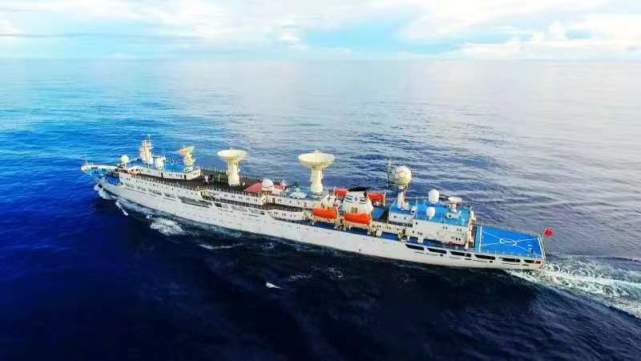
On June 23, Beijing time, my country successfully sent the remote sensing No. 35 s...
If Chinese military expenses can account for 2%of GDP, can the navy more aircraft carrier fighting group?
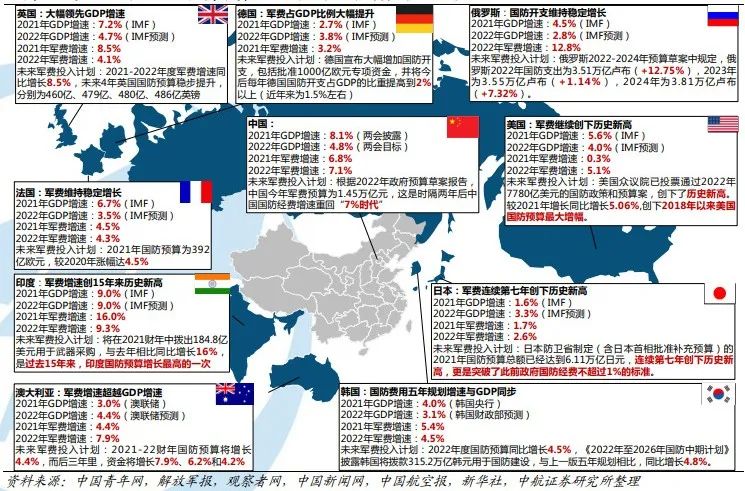
Military Bills Author: Blood BladeAffected by factors such as the Russian and Ukra...